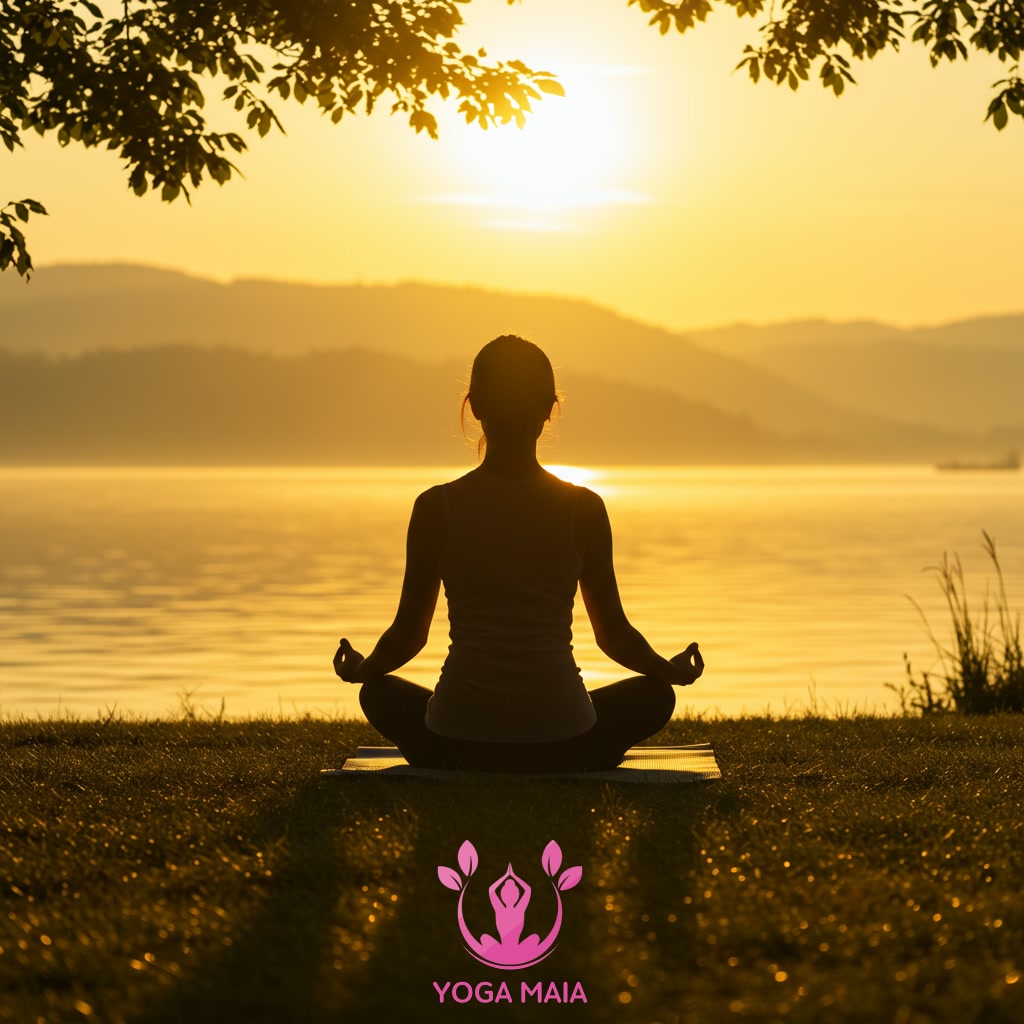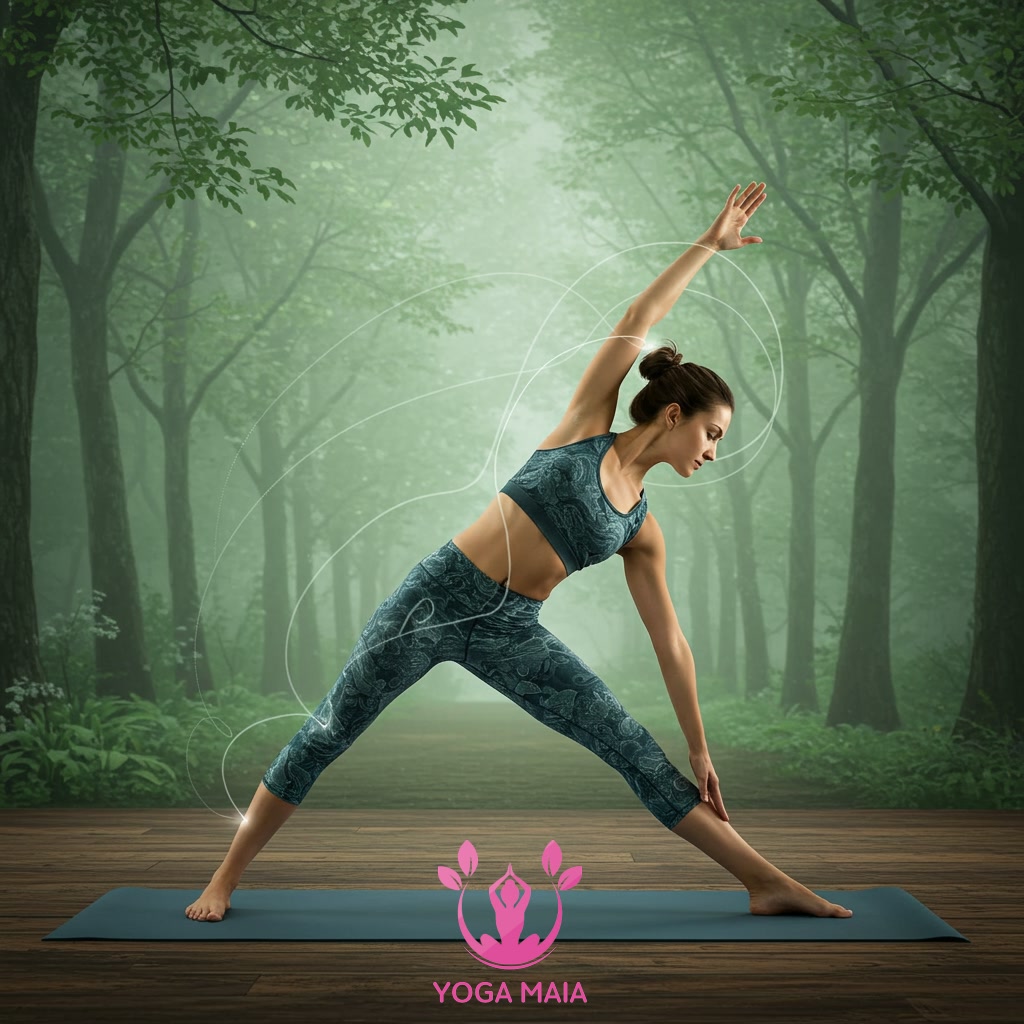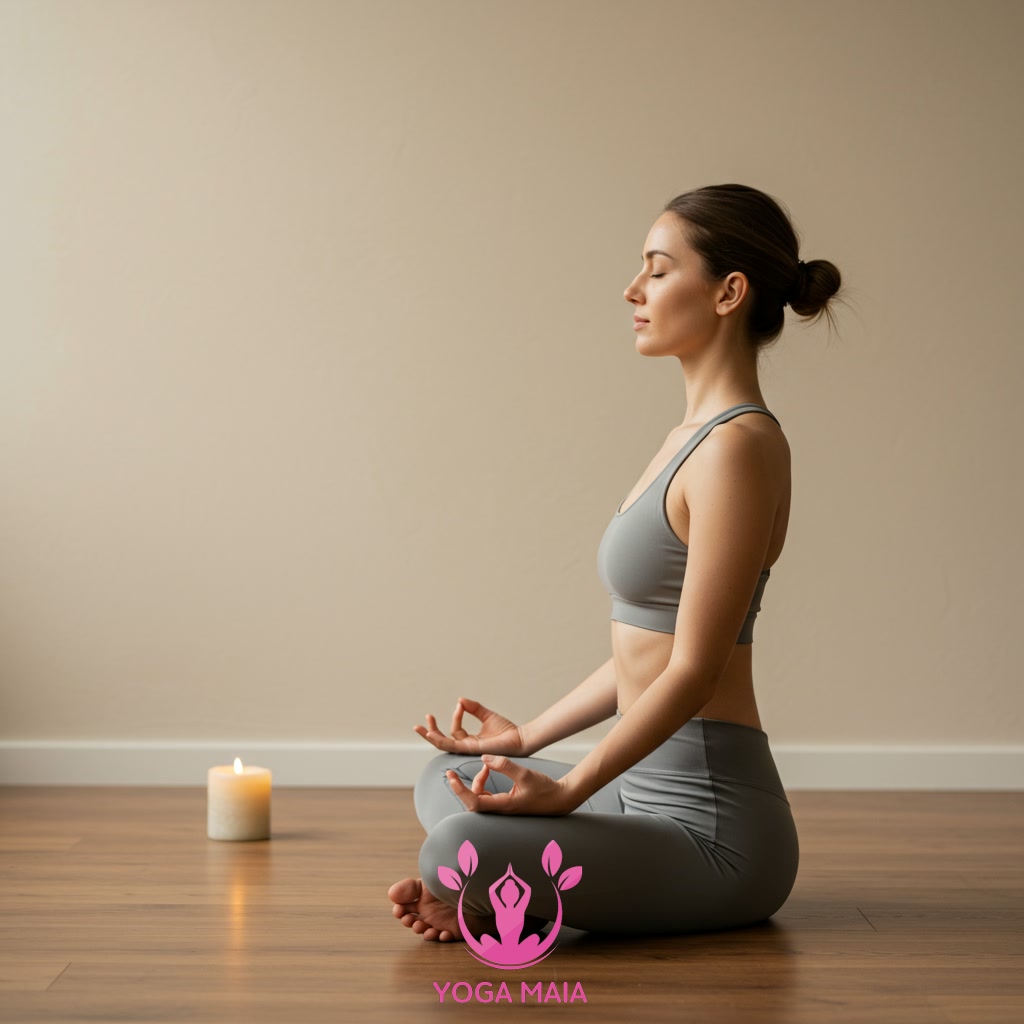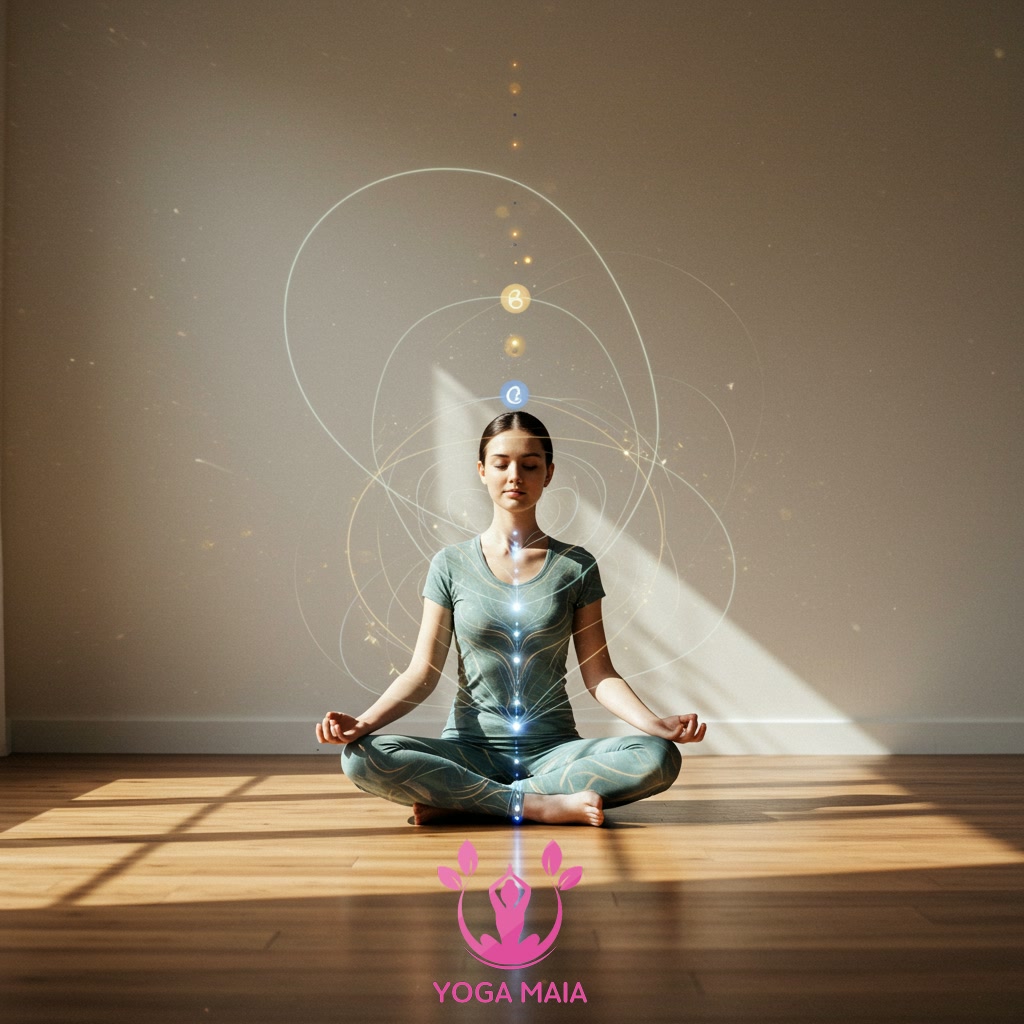Yoga Blog
Unlock Emotional Balance: How Yoga Cultivates Inner Calm and Stability

This content delves into how engaging in yoga practices can help individuals unlock emotional balance. It explains the mechanisms by which yoga cultivates inner calm and promotes stability. The discussion highlights practical ways yoga contributes to a more grounded and steady emotional state. Through consistent practice, one can build resilience and achieve greater inner peace.
Table of Contents
- Section 1: Understanding Emotional Imbalance and the Need for Calm
- Section 2: The Mind-Body Connection: How Yoga Works
- Section 3: Key Yoga Practices for Cultivating Inner Calm (Asanas, Pranayama, Meditation)
- Section 4: The Science Behind the Serenity: Yoga’s Impact on the Nervous System
- Section 5: Integrating Yoga into Your Routine for Lasting Emotional Stability
Section 1: Understanding Emotional Imbalance and the Need for Calm
In our fast-paced world, experiencing emotional imbalance has become increasingly common. This can manifest as heightened stress, anxiety, irritability, or a general feeling of being overwhelmed and out of control. When our emotions fluctuate wildly or remain stuck in negative states, it impacts our ability to think clearly, make sound decisions, and maintain healthy relationships. Such instability depletes our energy and diminishes our overall quality of life. Consequently, recognizing this state and understanding the profound need for inner calm and emotional stability is the crucial first step towards reclaiming a sense of peace and well-being. Cultivating calm isn’t a luxury; it’s a fundamental necessity for navigating life’s challenges with resilience and grace.
 Understanding Emotional Imbalance and the Need for Calm
Understanding Emotional Imbalance and the Need for Calm
Section 2: The Mind-Body Connection: How Yoga Works
Building upon the awareness of emotional imbalance, yoga offers a powerful pathway to stability by actively engaging the profound connection between the mind and body. This connection is not merely theoretical; physical tension held in the body often mirrors emotional stress and anxiety. Through the practice of yoga postures (asanas), individuals learn to release this stored tension, creating physical ease that in turn influences the mental state. Simultaneously, conscious breath control (pranayama) directly impacts the nervous system, shifting it from a state of fight-or-flight to one of rest and digest, promoting immediate calm. The meditative aspects of yoga cultivate present moment awareness, allowing practitioners to observe thoughts and emotions without getting swept away by them. This integrated approach fosters self-awareness, resilience, and a tangible sense of inner peace, demonstrating how tending to the physical form is intrinsically linked to cultivating emotional equilibrium.
 The Mind-Body Connection: How Yoga Works
The Mind-Body Connection: How Yoga Works
Section 3: Key Yoga Practices for Cultivating Inner Calm (Asanas, Pranayama, Meditation)
Building on the understanding of the mind-body connection, specific yoga practices offer tangible pathways to cultivate inner calm and stability. Asanas, or physical postures, serve to release physical tension stored in the body, which is often intrinsically linked to emotional stress. Mindful engagement with these poses enhances present-moment awareness, drawing attention away from cyclical anxious thoughts. Pranayama, the control of breath, directly impacts the nervous system; deliberate, deep breathing techniques activate the parasympathetic response, counteracting stress and promoting relaxation. Meditation, whether guided or self-directed, trains the mind to observe thoughts and feelings without judgment, fostering emotional resilience and a steady internal state. Integrating these core elements provides practical tools for achieving greater emotional balance.
 Key Yoga Practices for Cultivating Inner Calm (Asanas, Pranayama, Meditation)
Key Yoga Practices for Cultivating Inner Calm (Asanas, Pranayama, Meditation)
Section 4: The Science Behind the Serenity: Yoga’s Impact on the Nervous System
Building on the understanding of the mind-body connection, specific yoga practices offer tangible pathways to cultivate inner calm and stability. Asanas, or physical postures, serve to release physical tension, which is intrinsically linked to mental stress. Beyond the physical, yoga profoundly impacts the autonomic nervous system. Regular practice helps to shift dominance from the sympathetic nervous system, responsible for the ‘fight or flight’ response associated with stress, towards the parasympathetic nervous system, which promotes ‘rest and digest.’ This shift is mediated, in part, by the vagus nerve. Deep, conscious breathing techniques (pranayama) and mindful movement stimulate the vagus nerve, lowering heart rate, reducing cortisol levels, and fostering a state of physiological and psychological calm. This scientific basis underscores how yoga actively re-tunes the nervous system for greater resilience and emotional equilibrium.
 The Science Behind the Serenity: Yoga’s Impact on the Nervous System
The Science Behind the Serenity: Yoga’s Impact on the Nervous System
Section 5: Integrating Yoga into Your Routine for Lasting Emotional Stability
To cultivate lasting emotional stability, the key lies in consistently integrating yoga into your daily or weekly rhythm. This doesn’t necessarily mean long, intense sessions; even short, focused practices can be profoundly effective. Start by identifying small windows in your day – perhaps a few minutes of simple stretches or breathing exercises in the morning, during a break, or before bed. Making yoga a regular habit, like brushing your teeth, helps solidify the mind-body connection and reinforce the pathways for calm. Experiment with different styles and durations to find what resonates and is sustainable for your lifestyle. Consistency builds resilience, allowing you to navigate stress and emotional fluctuations with greater ease and grace over time.
 Integrating Yoga into Your Routine for Lasting Emotional Stability
Integrating Yoga into Your Routine for Lasting Emotional Stability












